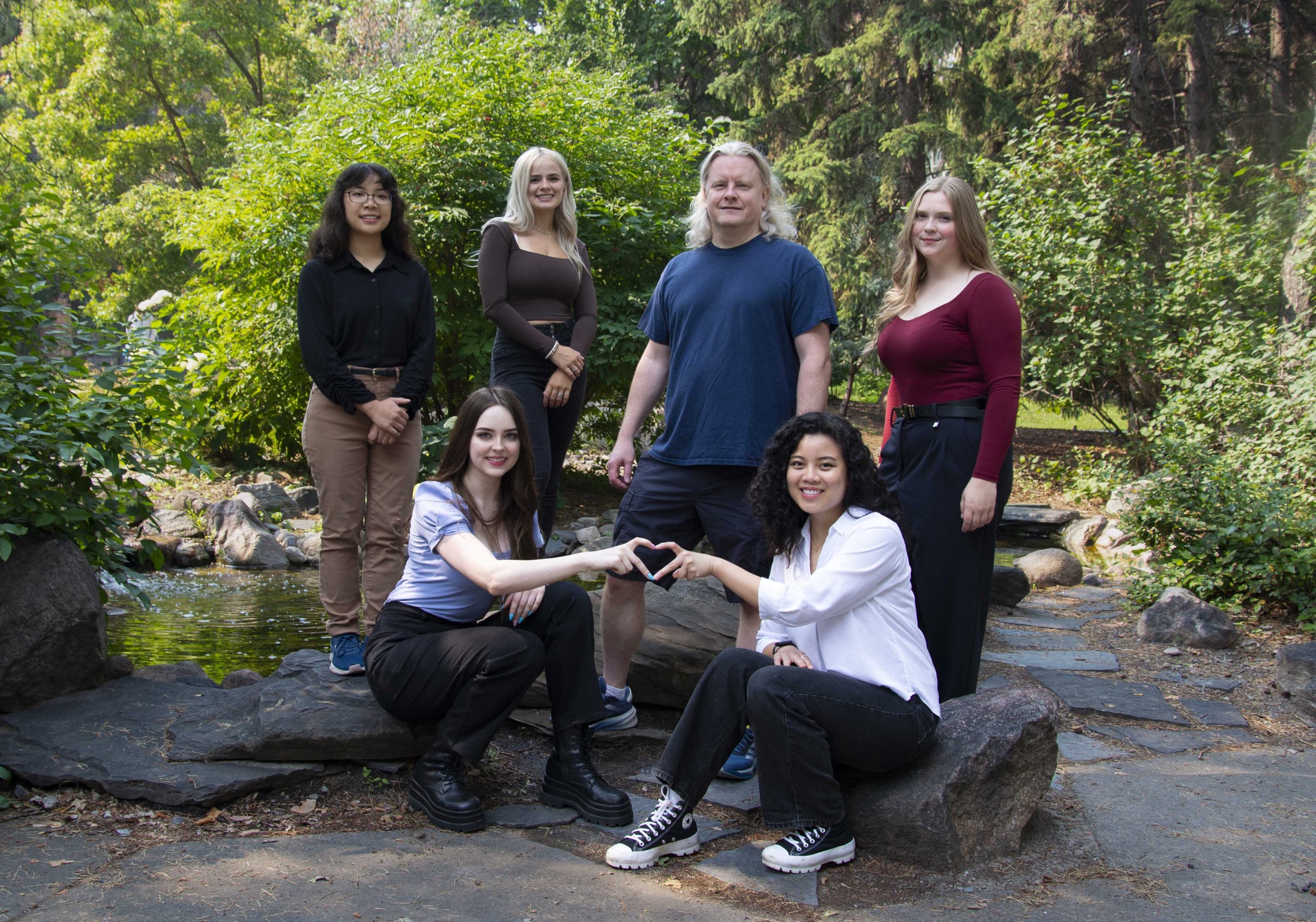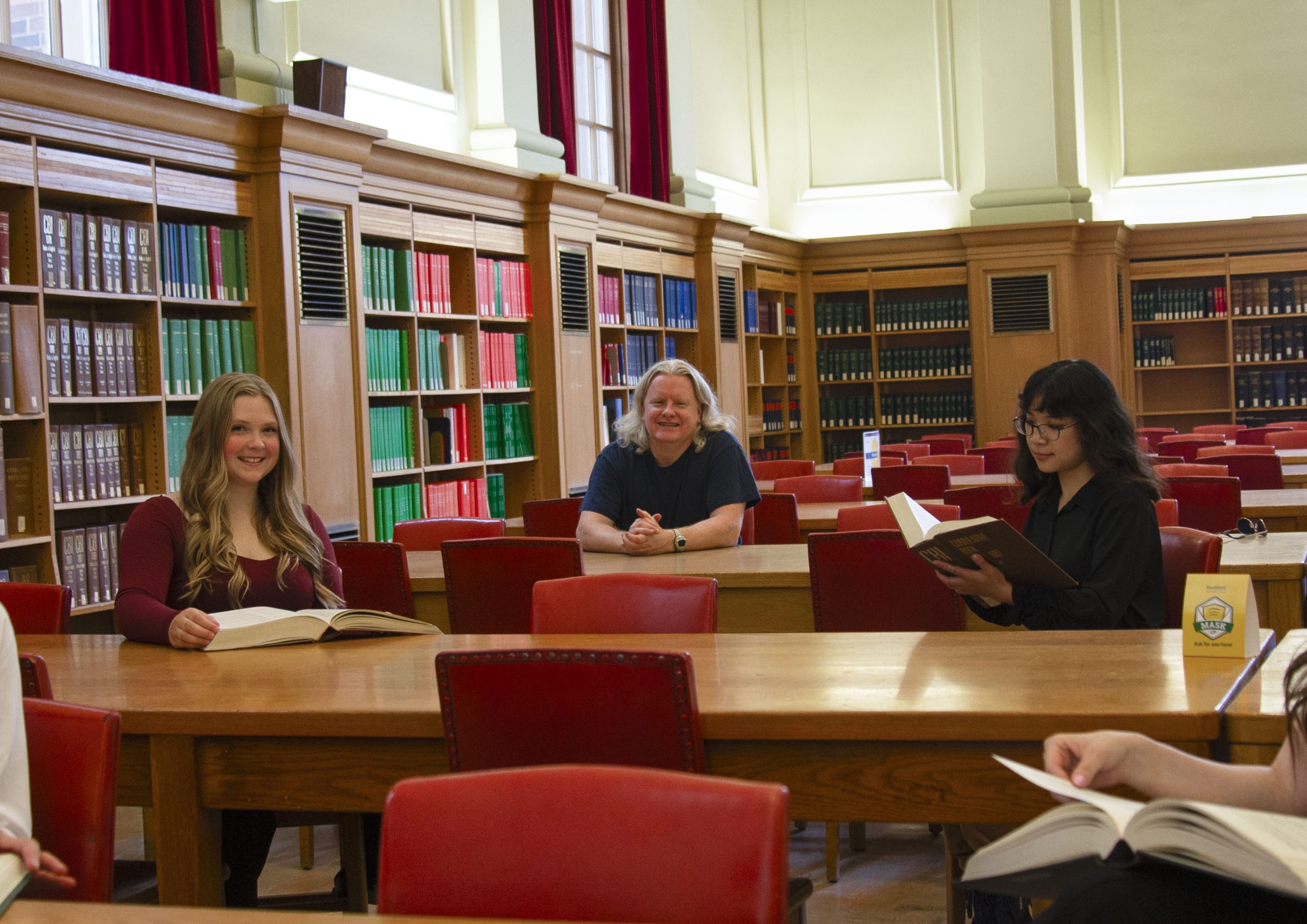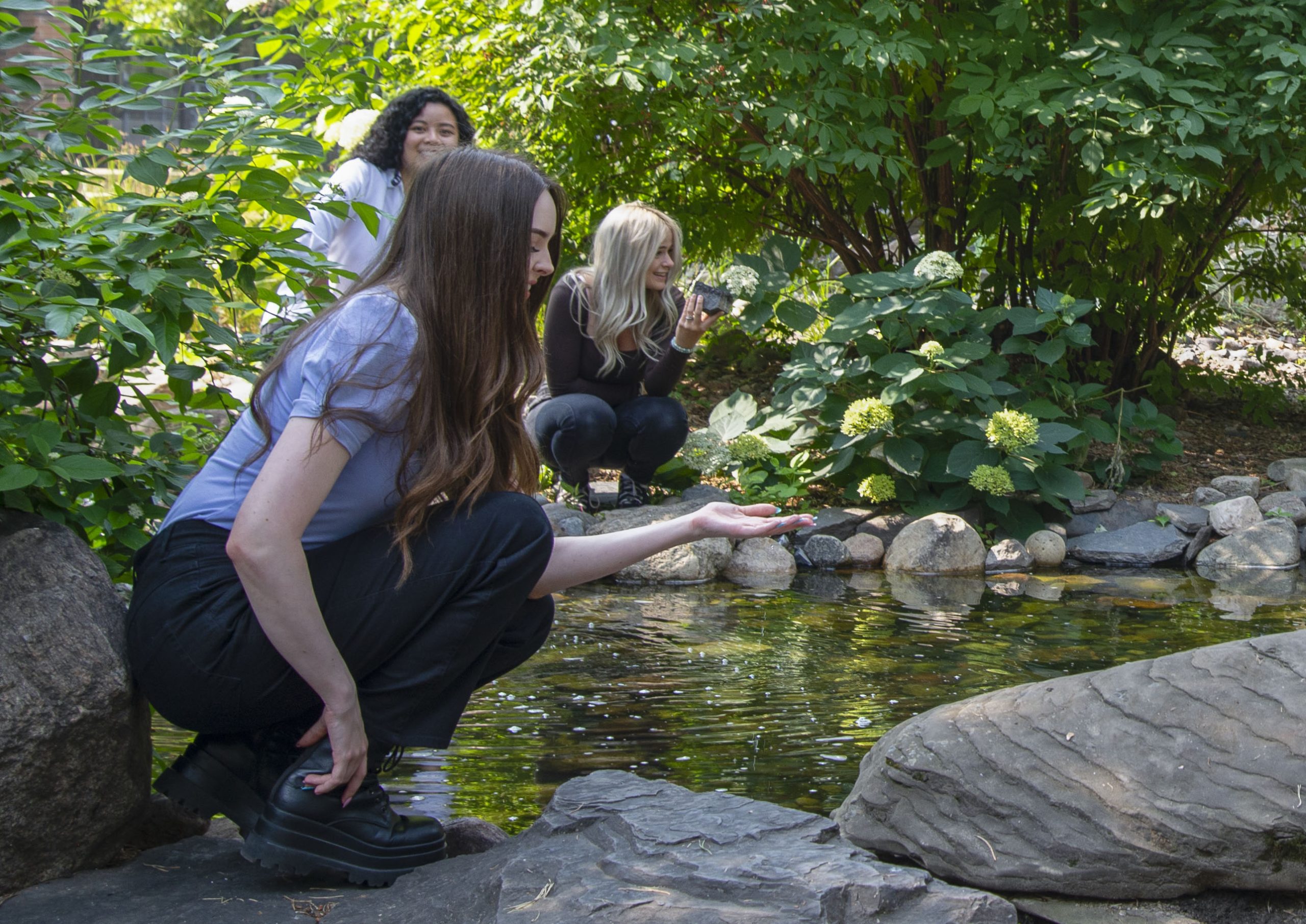KEITH TIERNEY
BSc, MSc, MBA, PhD
Our group works at the intersection of animals, water and chemicals. Our particular focus is on health, and in this, we take a multi-faceted approach that explores biological responses from the small to the large, such as from gene to ecosystem. We work with collaborators in agriculture, chemistry, engineering, mathematics and medicine. We believe strength is rooted in diversity.
Keith Tierney has been leading this group at the University of Alberta since 2009. Keith completed most of his training in the Biology Department at Simon Fraser University, although he also completed a business degree at the University of British Columbia. Along his journey, he had amazing mentors to whom he is forever indebted.
Currently, the Tierney Lab explores basic research questions around sensory responses, particularly in olfaction, and applied questions related to greenhouse gas release and, most recently, food security. In this last area, we are particularly keen to measure how novel, green diet approaches can meet the needs of animals. Across all of our work, we aim to understand the impact that subtle changes can make to global ecology. We base our science on the very popular model vertebrate, the zebrafish, but we have happily carried out studies on invertebrates and birds.
Our Lab’s…
Research areas:
(1) Sensory responses: For fish, the sense of smell (olfaction) is typically necessary for mating, migration and feeding. Without it, they are dead in the water. My program builds on Canada’s past leadership in this research area by elucidating the mechanisms that enable olfaction, and by determining how this mechanism directs motion. In this work, we study the round goby, rainbow trout, and a very popular model organism, the zebrafish.
(2) Swimming performance: The majority of the 30,000+ fish species swim through their environments. My research explores how fish of concern, such as Arctic grayling and char, may cope with a changing global climate. In this work we use swim tunnel respirometers (aquatic ‘treadmills’). A specific question is if we can predict how changes in water temperature and flow in the Arctic will affect historic aboriginal fisheries. A secondary goal is to determine the swimming abilities of bottom-dwelling, invasive fish such as the round goby. For this, we use a new type of ‘volitional’ swim tunnel. The findings will help provide methods to contain their invasion out from the Great Lakes, and in areas of Europe.
(3) Toxicology: Global waters are increasingly contaminated with a suite of compounds of natural and synthetic origins. Our research has shown that mixtures of synthetic, dissolved compounds can be detected but impair the detection of natural odors. We are currently working on how waters altered by issues associated with hydrocarbon extraction affect their development and health. We also explore how waterfowl may be impacted by human activities, such as through the creation of novel habitats. My lab has diverse funding sources and collaborates with Fisheries and Oceans Canada, Environment Canada, petrochemical companies, as well as labs in Europe and South America.
Keith Tierney featured in…
Futurum Careers.pdf
International Innovation.pdf
Current Funding
NSERC Alliance Missions
NSERC Discovery
Government of Spain
Past Funding
Alberta Innovates
BP Exploration and Production
Canadian Foundation for Innovation
Canadian Wildlife Federation
COSIA
DSM Nutritional Products
EPCOR
NSERC CRD
NSERC RTI
Roquette Canada






